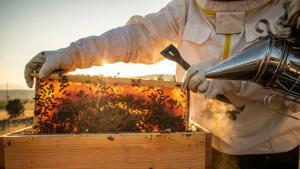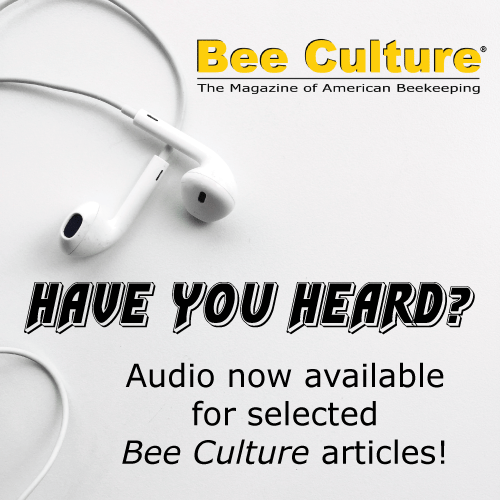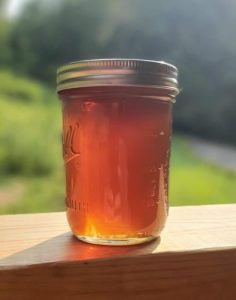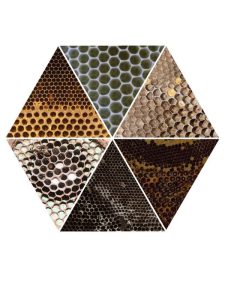Scientists Develop a Drug to Protect Honey Bees from Viruses

Honey bees are invaluable both for biodiversity and agriculture as they are excellent pollinators, yet their numbers worldwide have been dropping dramatically. The causes include climate change, habitat loss, pesticide use and diseases.
It is in this latter category of threats that entomologists from the University of Florida, the Agricultural Research Service-USDA, Louisiana State University and the University of Nebraska-Lincoln have made marked progress. They have done so by prompting honey bees’ cells to produce free radicals for protecting the insects against a range of potentially deadly viruses.
In field studies researchers used a compound called pinacidil to alter potassium ion channels, a protein found in the cells of bees’ and other iving things. Altering these channels produced slightly more free radicals, they explain.
The scientists gave the drug to honey bee colonies by mixing it into sugar water and drizzling it over their honey comb at night. The bees consumed the sugar water and also fed it to their young, thereby spreading the drug throughout the colony.
The treatment protected bees from six viruses that take their toll on honey bee colonies: Israeli acute paralysis virus, deformed wing viruses A and B, black queen cell virus, and Lake Sinai viruses 1 and 2.
“This approach is especially exciting because it doesn’t just target a specific type of virus but helps with many different viruses,” stresses Daniel Swale, an associate professor in the UF/IFAS entomology and nematology department.
“Additionally, we demonstrated that our treatment works both in the lab and in colonies that each contain 80,000 bees in the field,” he adds. “This is huge because in a hive setting bees are exposed to so many different viruses and stressors, so successfully controlling viruses in that environment is very encouraging.”
While viruses are not the greatest cause of deaths among bees, they can contribute significantly, according to the experts.
“Varroa mites are the number one cause of honey bee losses, but it’s important to point out that varroa mites, aside from physically weakening bees, also transmit viruses to bees. If we can mitigate viruses in honey bee colonies, that would be a big step forward,” says Michael Simone-Finstrom, a research molecular biologist with the ARS Honey Bee Breeding, Genetics, and Physiology Research Lab in Baton Rouge, Louisiana.
In their study the researchers also showed that pinacidil helped more bees survive in colonies infested with varroa mites.
Administering the drug to commercial honey bee hives may work only for some beekeepers as it is fairly expensive. However, this research shows the way in developing other drugs that cost less.
“One of the big take-aways from this study is that potassium ion channels can be a target for improving immune system function in honey bees and possibly other insects. We would like to find a molecule, such as a peptide, or a new technology that has the same effect as pinacidil but is more accessible to beekeepers,” Swale says.
We are here to share current happenings in the bee industry. Bee Culture gathers and shares articles published by outside sources. For more information about this specific article, please visit the original publish source: Scientists Develop a Drug to Protect Honey Bees from Viruses – The Good Men Project








